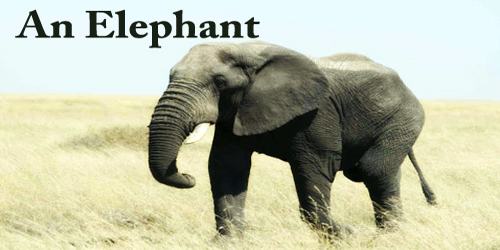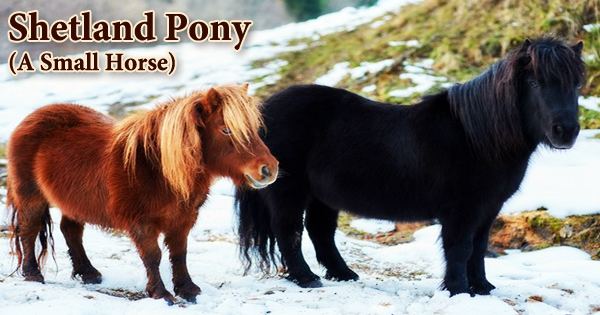An Elephant, (family Elephantidae), is the largest living land mammal or animal; it is very intelligent and is known for its sharp and keen memory. Elephants can have grey or black color skin. They are considered as the descendents of an extinct species called as mamamoth. Elephants are herbivorous and feed on leaves, plants, grains, fruits, and more. They are found most often in savannas, grasslands, and forests but occupy a wide range of habitats, including deserts, swamps, and highlands in tropical and subtropical regions of Africa and Asia. Most of the elephants are grey in color, however, in Thailand, they have white elephants. In addition, elephants are one of the longest-lived animals with an average lifespan of around 5-70 years. But, the oldest elephant to ever live passed away at the age of 86 years. Furthermore, they mostly inhabit jungles but humans have forced them to work in zoos and circuses. Elephants are considered to be one of the most intelligent animals. The trunk, or proboscis, of the elephant, is one of the most versatile organs to have evolved among mammals. This structure is unique to members of the order Proboscidea, which includes the extinct mastodons and mammoths. Anatomically, the trunk is a combination of the upper lip and nose; the nostrils are located at the tip. The trunk is large and powerful, weighing about 130 kg (290 pounds) in an adult male and capable of lifting a load of about 250 kg. Breathing, drinking, and eating are all vital functions of the trunk. Most breathing is performed through the trunk rather than the mouth.
Elephants drink by sucking as much as 10 liters (2.6 gallons) of water into the trunk and then squirting it into the mouth. They eat by detaching grasses, leaves, and fruit with the end of the trunk and using it to place this vegetation into the mouth. The trunk is also used to collect dust or grass for spraying onto themselves, presumably for protection against insect bites and the sun. If danger is suspected, elephants raise and swivel the trunk as if it were “an olfactory periscope,” possibly sniffing the air for information.
The word “elephant” is based on the Latin elephas (genitive elephantis) (“elephant”), which is the Latinised form of the Greek ἐλέφας (elephas) (genitive ἐλέφαντος (elephantos), probably from a non-Indo-European language, likely Phoenician. It is attested in Mycenaean Greek as e-re-pa (genitive e-re-pa-to) in Linear B syllabic script. As in Mycenaean Greek, Homer used the Greek word to mean ivory, but after the time of Herodotus, it also referred to the animal. The word “elephant” appears in Middle English as olyfaunt (c.1300) and was borrowed from Old French oliphant (12th century). Elephants come in the group of most intelligent creatures. They are capable of quite strong emotions. These creatures have earned the respect of people of Africa that share the landscape with them. This gives them a great cultural significance. Elephants are tourism magnets for mankind. In addition, they also play a great role in maintaining the biodiversity of the ecosystems. Most importantly, elephants are also significant for wildlife. They dig for water in the dry season with their tusks. It helps them survive the dry environment and droughts and also helps other animals to survive.
In addition, the elephants of the forest create gaps in the vegetation while eating. The gaps created to enable the growth of new plants as well as pathways for smaller animals. This method also helps in the dispersal of seeds by trees. Furthermore, even elephant dung is beneficial. The dung they leave contains seeds of plants they have consumed. This, in turn, helps the birth of new grasses, bushes, and even trees. Thus, they also boost the health of the savannah ecosystem.
















